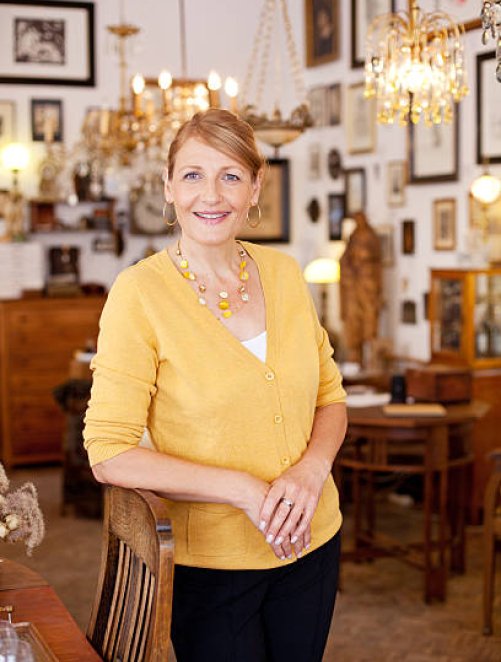



20th century Chinese export porcelain
Design & Motifs: The jar features raised enamels (also known as "moriage") and a dark cobalt blue ground with lotus leaves, butterflies, and goldfish, all of which are auspicious symbols in Chinese art. Style: This design is more characteristic of 20th-century Chinese export porcelain, especially from the Republic period (1912–1949) or even later in the mid- to late 20th century. Seal Mark: As discussed earlier, the red square seal is in the style of a Qianlong reign mark, but these were often used decoratively in later reproductions. Conclusion: This piece is very likely a decorative 20th-century Chinese ginger jar, imitating Qing dynasty styles. It may not be an original Qianlong period piece but rather a well-made reproduction or decorative object. These types of jars are still collectible and valued, especially if hand-painted and in good condition. If you'd like a more precise appraisal or value estimate, consider consulting an antique dealer or auction house specializing in Asian art, ideally with the piece in hand. Let me know if you’d like help finding one near your area.
12 inches in height. 70 centimeters in diameter.
Inherited
Yes


Hello, this item is a 20th-century Chinese export porcelain ginger jar, decorated with raised enamels (moriage) over a dark cobalt blue ground, featuring auspicious motifs such as lotus leaves, butterflies, and goldfish. The red square seal mark on the base imitates a Qianlong reign mark but, as is common in many export pieces, is purely decorative and does not signify an imperial-era production. The jar’s style is consistent with export wares produced during the Republic period (1912–1949) or slightly later, showcasing a blend of traditional Qing dynasty aesthetics and modern manufacturing for the Western market.
Given its decorative nature and assuming it is hand-painted and in good condition, the estimated market value typically ranges between $150 and $300 USD at auction or in retail antique settings. While these jars are not rare, they retain collectible value, especially when they exhibit quality craftsmanship and vibrant enamels. For a more precise valuation, especially if selling in a specialized Asian art context, an in-person examination by an auction house or expert dealer would be recommended to confirm condition and craftsmanship details.









